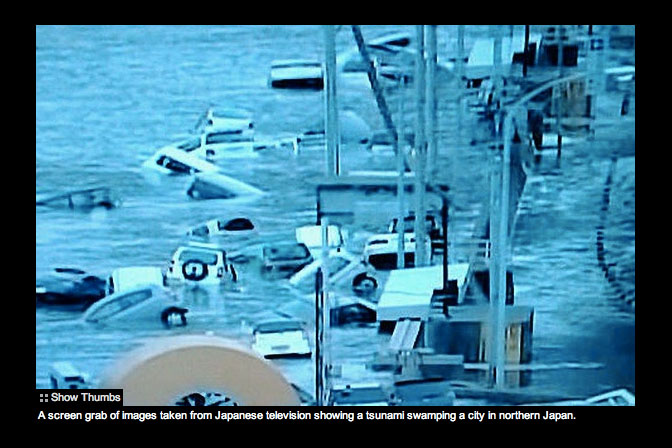Did you know that a flood is the most common disaster to occur in the United States? Flooding can occur in all 50 states, at any time of the year, and can affect a single community or several states along an entire river basin.
During Flood Safety Awareness Week, the American Red Cross is partnering with the National Weather Service and Federal Emergency Management Agency to teach people about flood safety and what everyone can do to be prepared should their neighborhood be threatened.
The best way to be ready is to know if your area is at risk for flooding. If it is, and it has been raining steadily, be alert to the possibility of a flood. Listen to local radio or TV stations for possible warnings or other critical information from the National Weather Service (NWS).
If your neighborhood is threatened with the possibility of flooding, you should :
- Be prepared to evacuate at a moment’s notice
- When a flood or flash flood warning is issued for your area, head for higher ground and stay there.
- Stay away from floodwaters. If you come upon a flowing stream where water is above your ankles, stop, turn around and go another way. Six inches of swiftly moving water can sweep you off of your feet.
- If you come upon a flooded road while driving, turn around and go another way. If you are caught on a flooded road and waters are rising rapidly around you, get out of the car quickly and move to higher ground. Most cars can be swept away by less than two feet of moving water.
- Keep children out of the water. They are curious and often lack judgment about running water or contaminated water.
- Be especially cautious at night when it is harder to recognize flood danger.
Be aware of flood hazards no matter where you live, but especially if you live in a low-lying area, near water or downstream from a dam. Know what the warnings mean:
A flood WATCH means a flood is possible in your area. If a flood watch is issued move your furniture and valuables to higher floors of your home. Fill your vehicle’s gas tank in case you have to evacuate.
A flood WARNING means flooding is already occurring or will occur soon in your area. If a flood warning is issued, listen to local radio and television stations for information. If told to evacuate, do so as soon as possible.
A flash flood WATCH means flash flooding is possible in your area. Be alert to signs of flash flooding and be ready to evacuate quickly.
A flash flood WARNING means a flash flood is occurring or will occur very soon. If a flash flood warning is issued, evacuate immediately. You may only have seconds to escape. Act quickly. Move to higher ground away from rivers, streams, creeks and storm drains. Do not drive around barricades. If your car stalls in rapidly rising waters, abandon in immediately and climb to higher ground.






